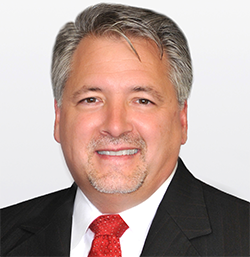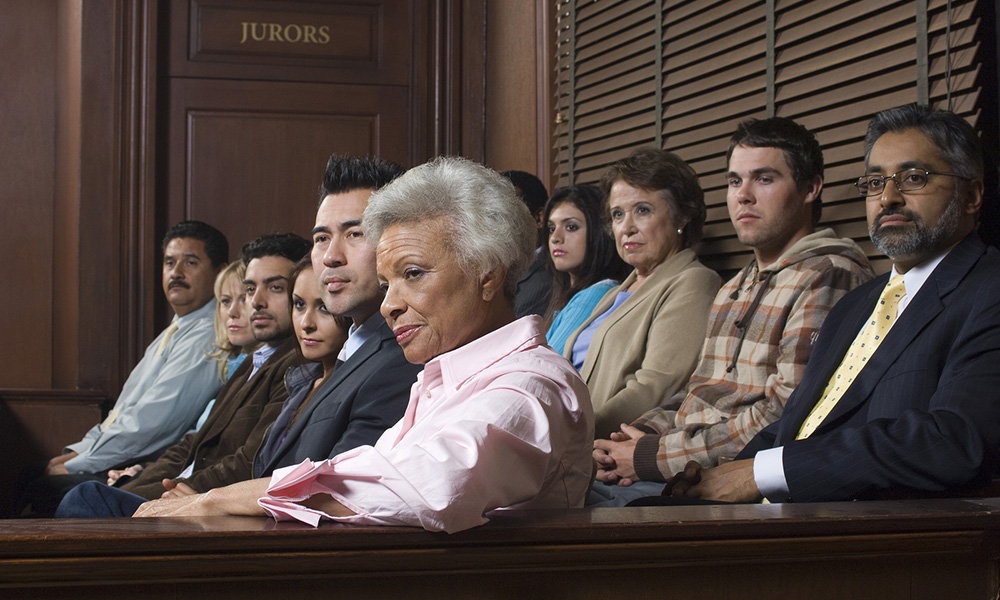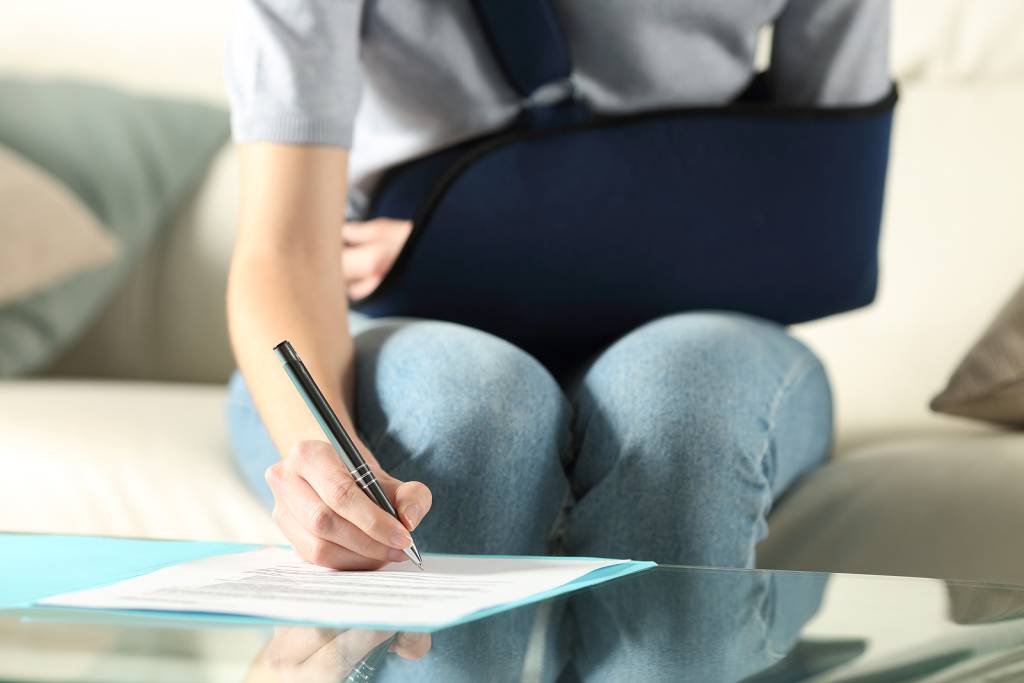Rideshares such as Uber and Lyft have become ubiquitous because of their availability and overall convenience. But determining who’s responsible if there’s an accident involving a rideshare can be confusing. Here’s what you need to know.
Do Rideshare Drivers Have to Have Insurance?
All vehicles owned and operated in California are required to have minimum levels of car insurance, and rideshare vehicles are included in that as they’re owned and operated by the drivers rather than the rideshare companies. However, depending on the circumstances, Uber and Lyft also provide insurance for their drivers. Whether the driver or the rideshare company is liable if the driver is at fault depends on which situation the driver is in at the time of the accident.

- The driver is driving on their own time, not carrying passengers or driving to pick up passengers. In this case, the driver is responsible if they cause the accident, and their car insurance will handle the claims.
- The minimum insurance required in California is $15,000 for injury or death to one person, $30,000 for injury or death to more than one person, and $5,000 for property damage. Note that these are the minimums required, but vehicle owners have the option to have higher limits.
- The driver doesn’t have a passenger but is logged into the rideshare app and waiting to be paired with a passenger.
- The minimum insurance required of the rideshare company in the event that the driver causes an accident that injures a third party is $50,000 for injury or death to one person, $100,000 for injury or death to more than one person, and $30,000 for property damage.
- The driver either has a passenger in the car or is en route to pick up a passenger.
- The minimum insurance required of the rideshare company in the event that the driver causes an accident that injures a third party is $1 million in commercial liability and $1 million for under/uninsured motorist insurance.
How Is Liability Determined in Rideshare Accidents in California?
Liability involves negligence. There are four aspects that determine negligence, and all four must be proven for a personal injury case to be successful.
- Duty of care. This means that someone, usually the driver, had a responsibility to use reasonable caution to try to avoid having an accident.
- Breach of duty of care. The driver didn’t adhere to the duty of care.
- Causation. This can be the most difficult to prove. It means the breach of duty of care caused the person’s injuries. For example, a driver was speeding and ran a red light, hitting another car and injuring that driver. The first driver’s actions led to the accident that injured the other driver.
- Damages. These are the outcomes the injured person faces because of the accident, whether they’re medical bills, lost wages, or emotional consequences such as pain and suffering.
Who Will I Need to Approach About Damages for the Injuries I Received in an Accident with a Rideshare?
The answer depends on who is considered responsible for the accident.
- If the rideshare driver were at fault and were either on their way to pick up a passenger or had a passenger in the car (and the passenger may be the injured party), then the injured party would likely file a claim with the rideshare company.
- If the rideshare driver were at fault but wasn’t logged into the app and not looking for passengers, their personal insurance would be the source of damages.
- If the rideshare driver wasn’t at fault, but another driver was, that driver’s insurance would be applied.
California follows pure comparative negligence. That means that if both drivers had some fault in the accident, they could both end up paying part of the injured person’s damages. At this point, the case becomes complicated because both sides are going to focus on shifting as much of the liability as possible to the other side in order to reduce their own liability and, thus, the amount of damages they’ll have to pay.

Regardless of who’s negligent, having an experienced personal injury attorney on your side is highly recommended in these types of cases.
What Should I Do if I Was Injured in a Rideshare Accident?
It’s advisable to collect the names, contact information, and insurance details of other drivers involved in the accident (but nothing else–read on to find out why). If there were eyewitnesses, try to get their names and contact info too. Then you should see your doctor right away, even if you feel fine. Some injuries, including severe ones, don’t present symptoms at first, and if left untreated, they can become life-threatening.
Then call Tomassian, Pimentel & Shapazian as soon as possible at 559-277-7300 to set up a consultation. While the laws and regulations around rideshare accidents seem pretty straightforward, these cases can still be complex. Working with knowledgeable, experienced personal injury attorneys is the best way to ensure you receive the most desirable outcomes for your case.
As mentioned above, don’t have any communication with any of the drivers except for exchanging contact and insurance information. If any driver’s attorney or insurance representative tries to contact you, whether via email, letter, or phone, don’t respond. They may try to get you to say something that implies their client isn’t at fault, or they may try to convince you to accept a much lower settlement than you’re eligible for. Let your attorney handle those conversations.






